Take learning outside! Energize classes and boost learner focus by combining bouts of play with learning modules. Today, tips on the outdoor classroom for language arts – reading, writing, grammar and spelling.
Why Outdoors?
Because Outdoor Learning rocks.
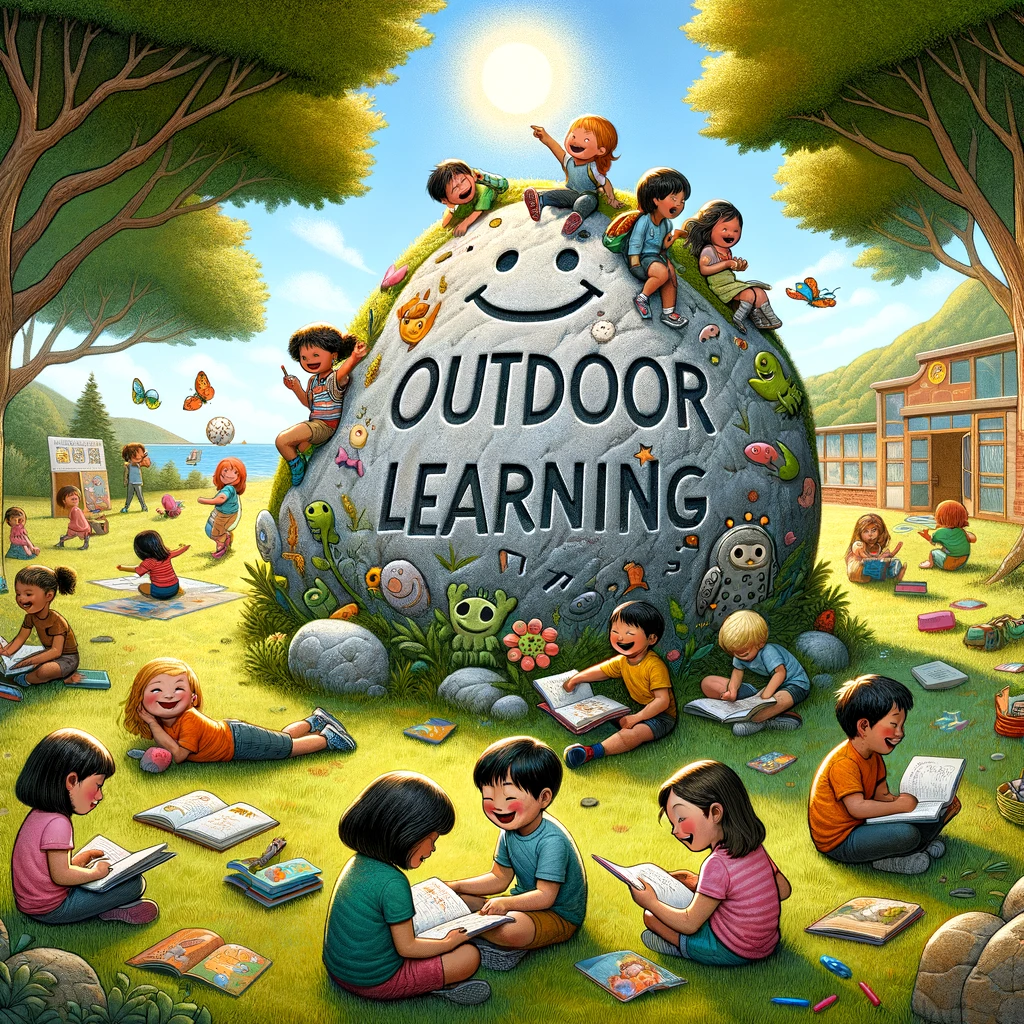
Children who spend significant time outside absorb principles of science, math, and how things work simply by observing and interacting with the natural environment.
They learn how gravity works by tossing a ball in the air over and over. They learn principles of water movement and surface tension by throwing pebbles into a puddle. They learn how to pay attention by studying a bee buzzing around a flower or a hawk tracing ascending circles in the sky. They learn about weather by watching clouds form and float by in the wind. They learn the structure and strength of a tiny plant by discovering a dandelion growing through a crack in the sidewalk.
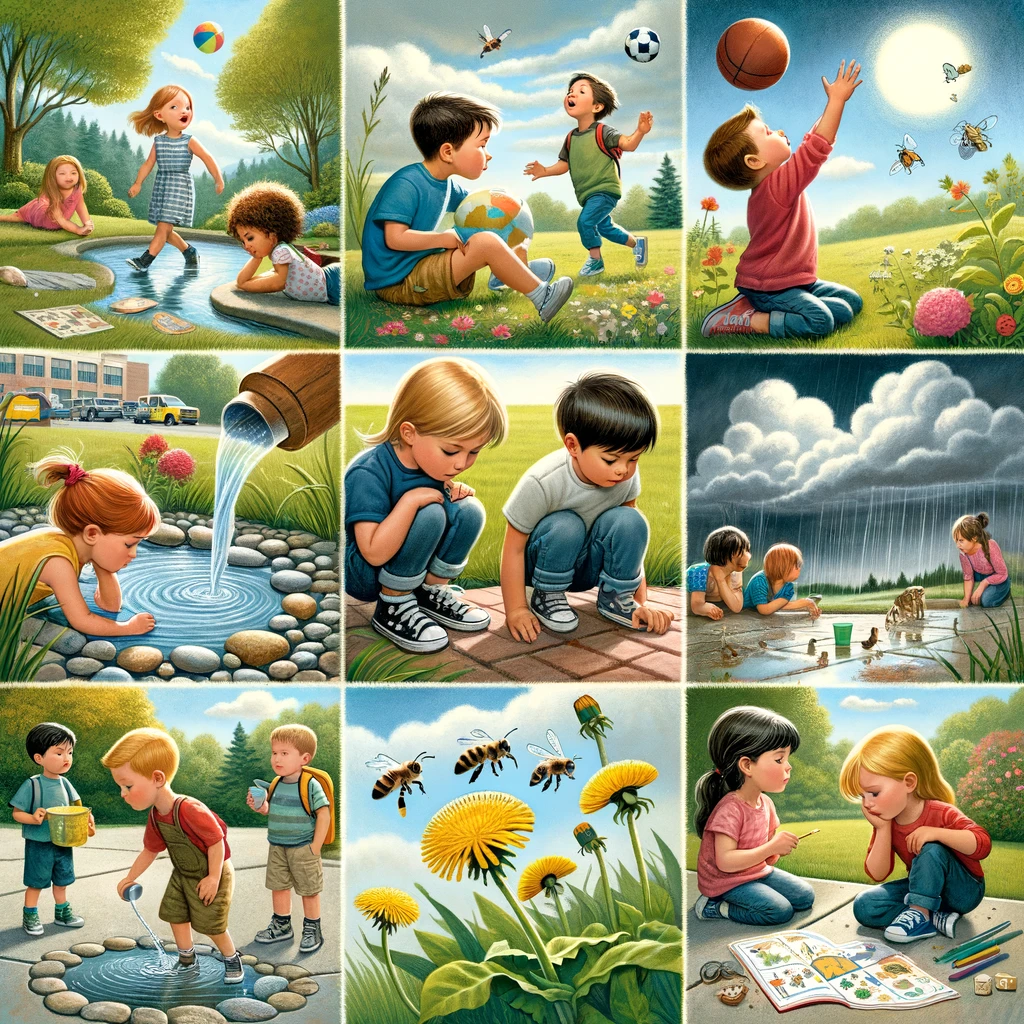
They learn to appreciate creative beauty in everything around them.

While you work individually with one learner, other students can play and explore nature. Tailor-made for teaching learners of varying ages/abilities, Outdoor Learning helps you teach more effectively and efficiently.
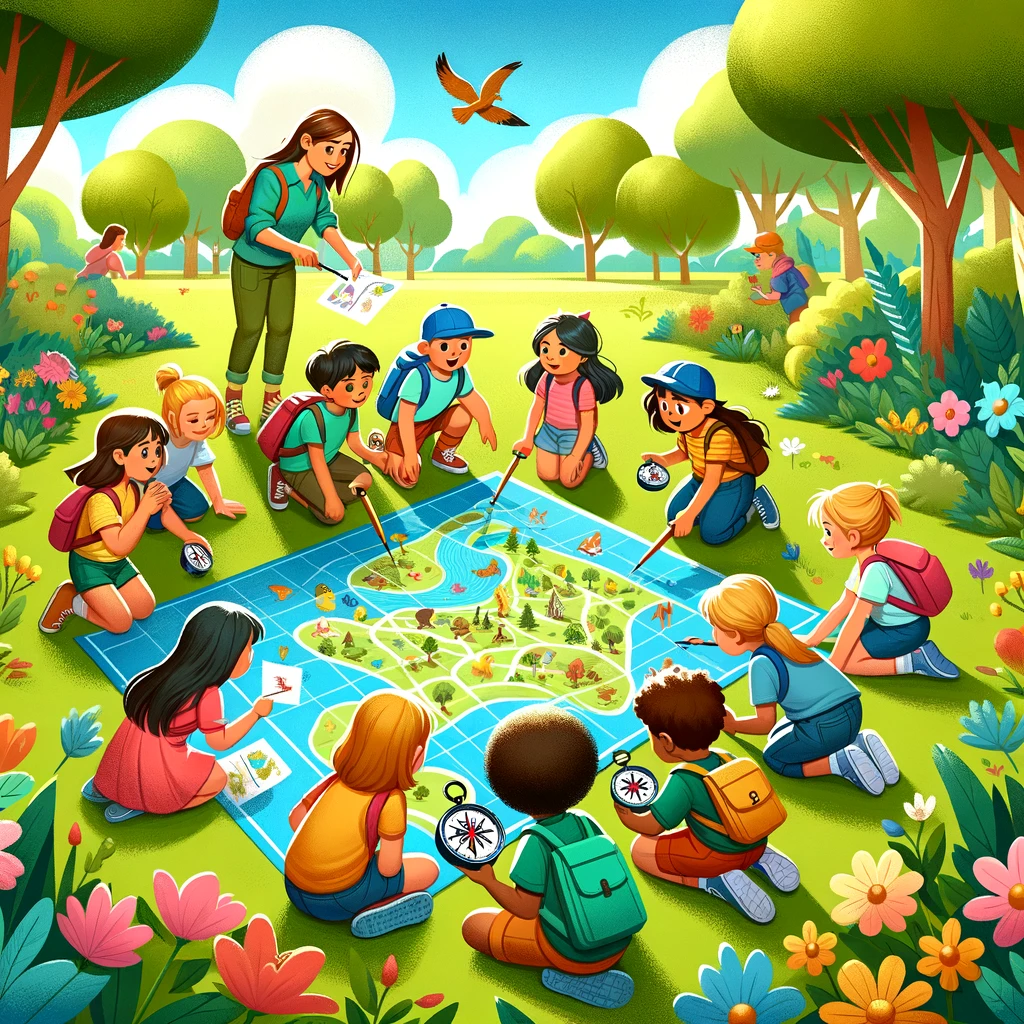
Young learners are like puppies. They need to go outside frequently. They need to romp and twirl and spin in circles until they are worn out. And if they don’t get enough physical play, they often find less productive ways to expend their energy quotient!

Growing an Outdoor Classroom - Idea Seeds to Get You Started
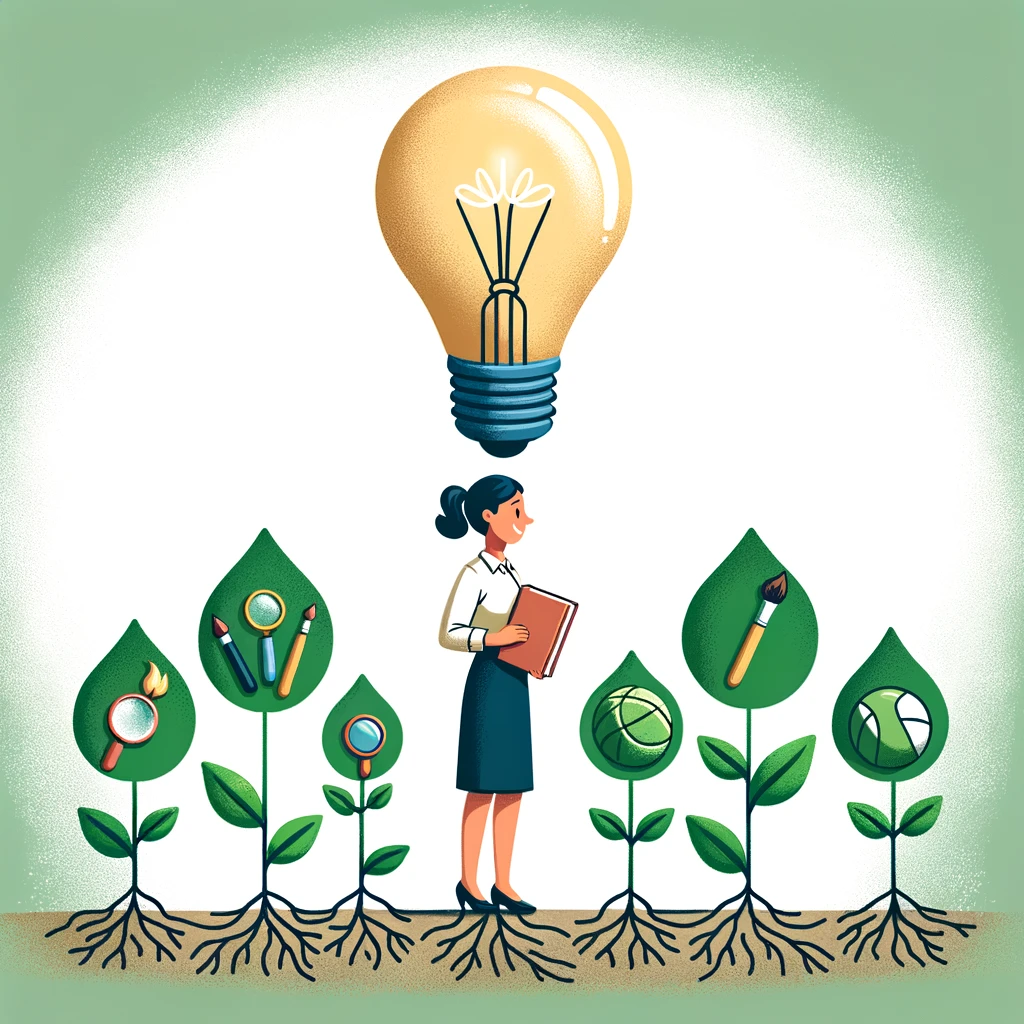
Creating an outdoor classroom can be as simple – or as complex – as you want.
Just grab your students’ language arts materials and head out the door. (Don’t forget to bring your students, too!)
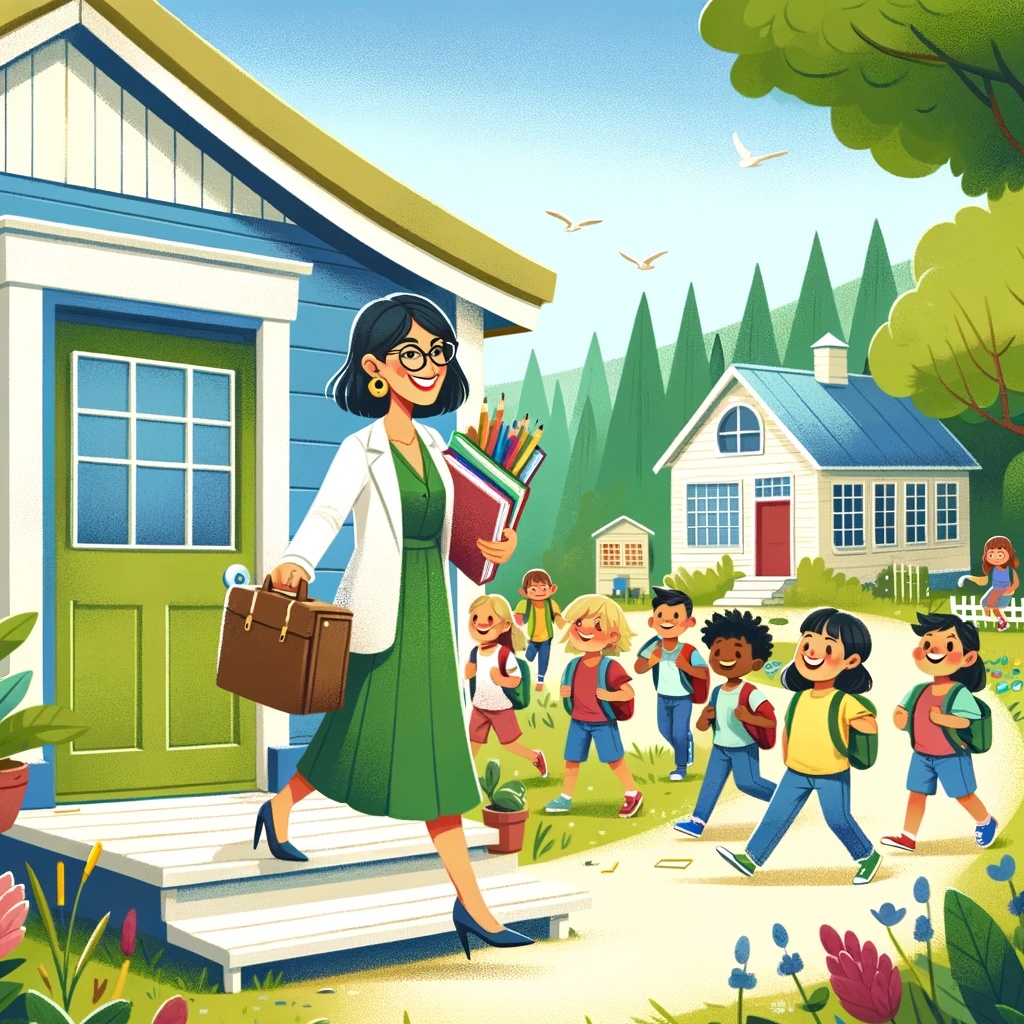
Outstanding Outdoor Learning does not require a lot of space! Even a small area works. As long as you are not in the middle of busy traffic, any exterior space does the trick.

If you decide to keep things super simple, all you need is a chair and a stack of books. (The chair is for you!) Keep learners on their feet, moving around as much as possible. If you prefer a more permanent arrangement, feel free to design a fully-outfitted, dedicated outdoor learning nook, complete with table and chairs.
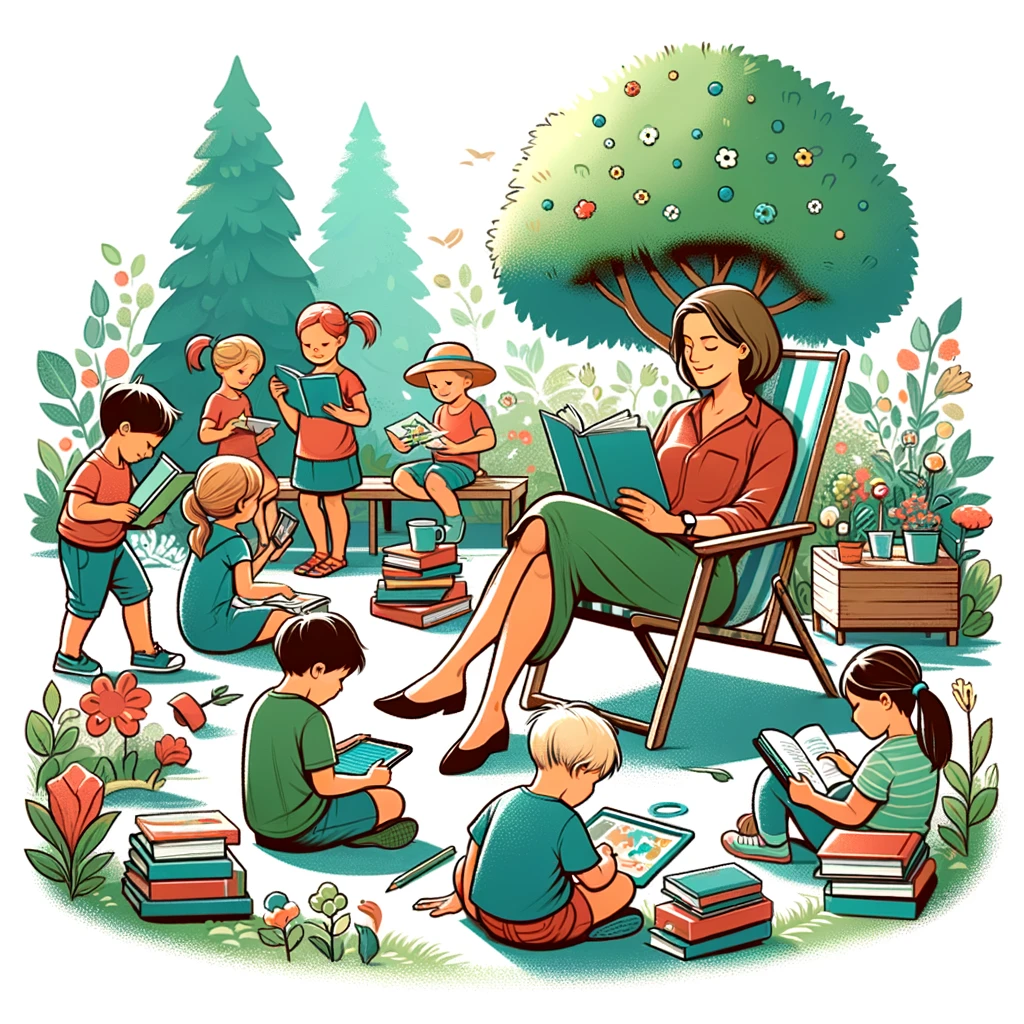
Outdoor Learning involves a learning curve for both educators and students. Aim for a couple of hours outside with young learners. Experiment with what works for you.
Outdoor Language Arts – Age-Adaptable Language Arts Ideas
Put on your playful hat! Keep learners guessing by infusing out-of-the-box capers with language arts lessons.
Learners ride bikes, stopping at the teacher’s chair (aka “the toll booth”) to read letters, words or paragraphs aloud. Spelling lessons whiz by when students take a lap after orally spelling each word. Look around and choose words in the surrounding environment or use lists from learners’ curricula. Older students can diagram sentences or answer comprehension questions after reading a literature section aloud during toll booth stops.
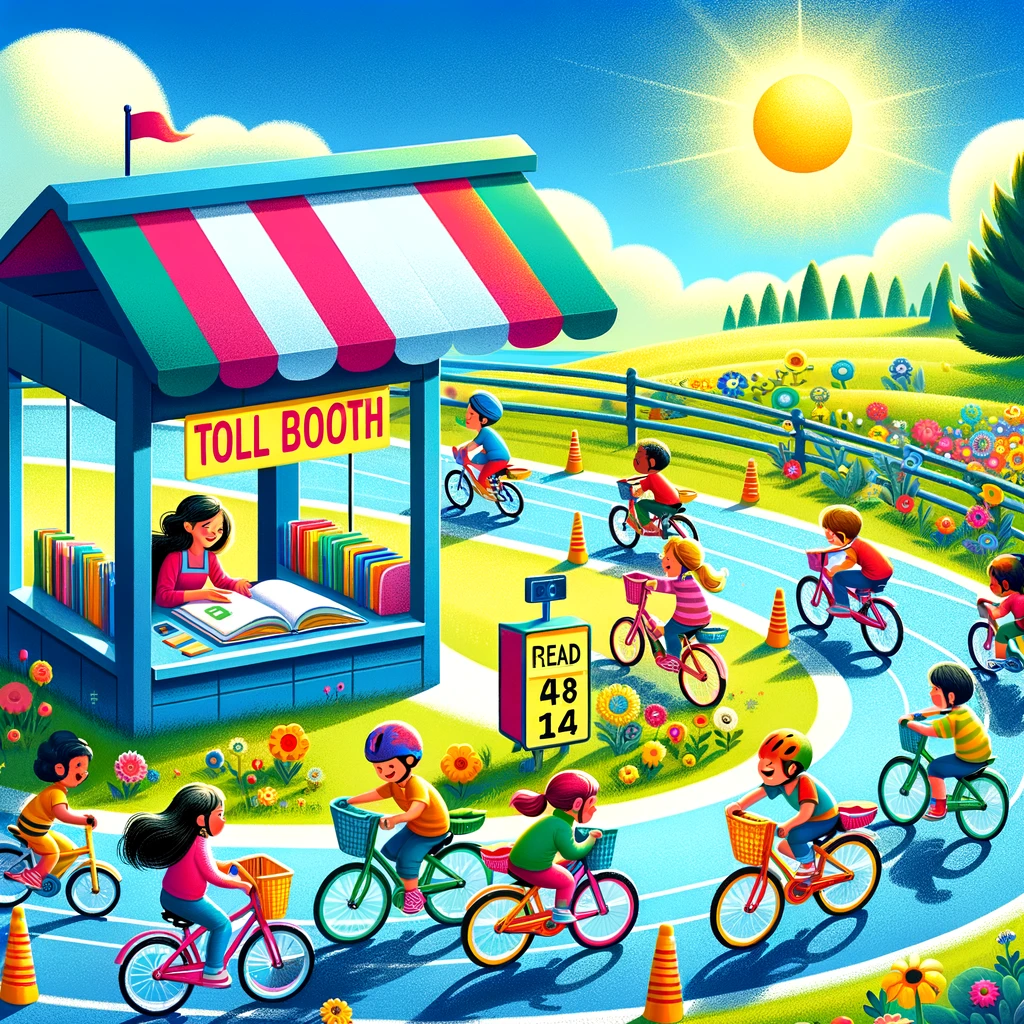
Spin a progressive story based on outdoor sensory cues. Learners choose something they see or hear – creeping turtles, nest-building bluebirds, frolicking squirrels, barking dogs, droning airplanes, or growling bulldozers. Take turns narrating one sentence of the story at a time, using the cue as the main character. Multiple-aged learners can participate and even teachers can get in on the yarn-spinning!
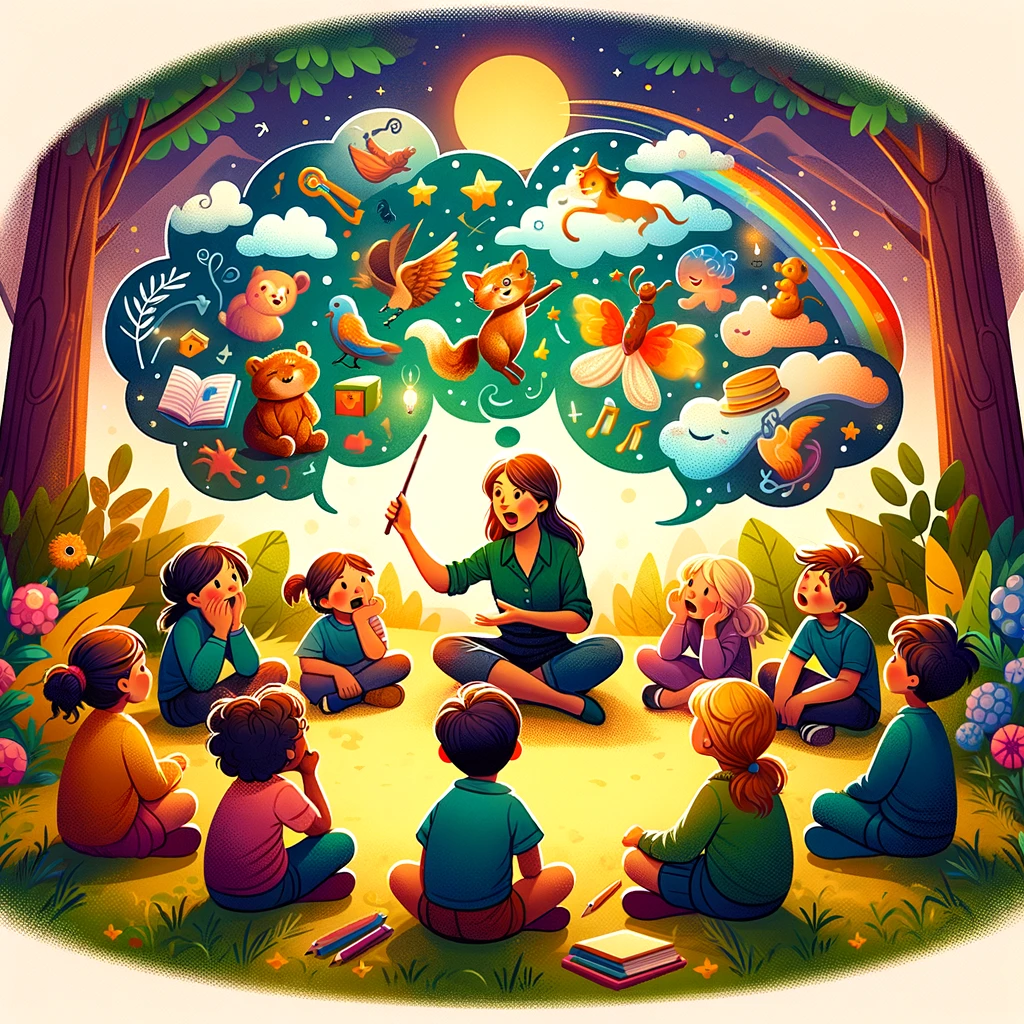
Hone strong observation and attention skills. Ask learners – How many items can you see that begin with the letter ‘B?’ Make a list of all the things you see that are blue. Count the letters in all the “B” words. How many words can you see that end with the letter ‘B?’ How many noun words can you see?”
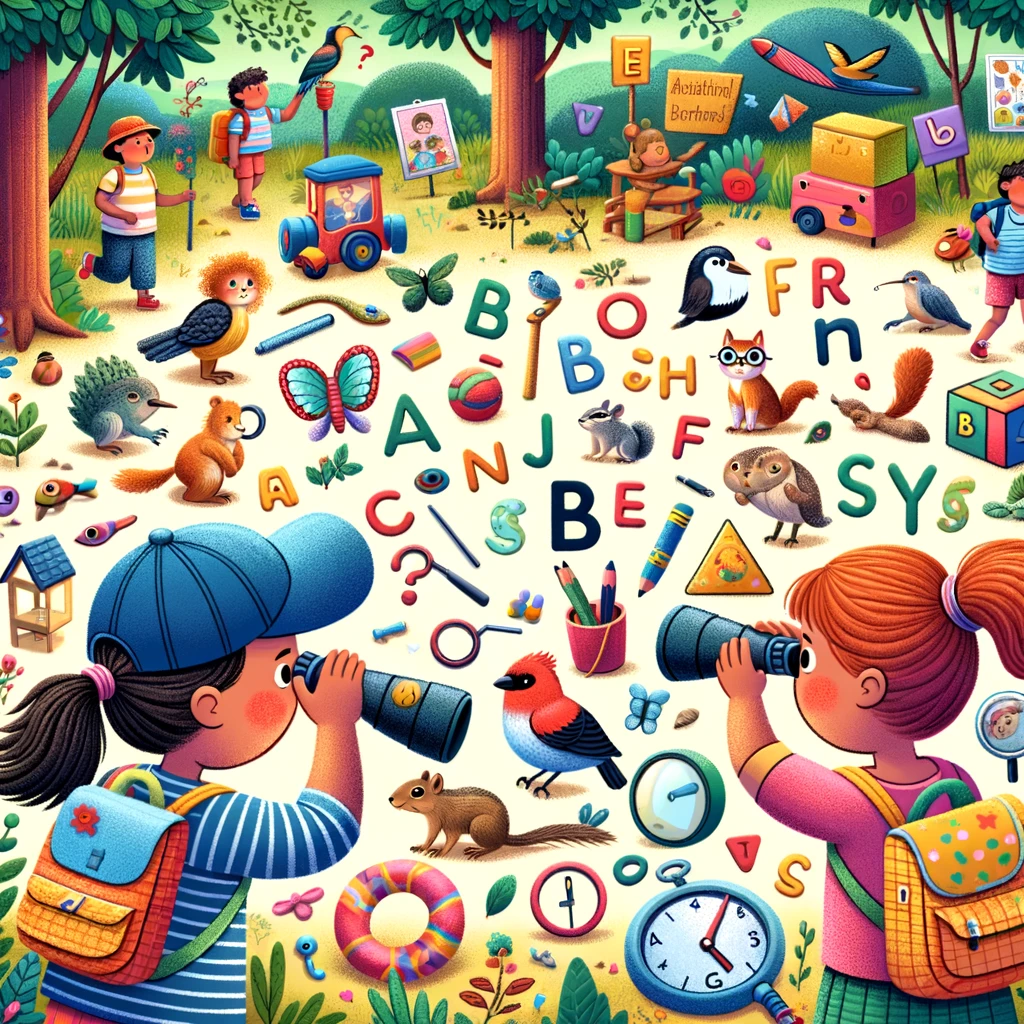
Teach the ABCs to young ones by writing letters using sidewalk chalk, finger paints, or water! If it’s a hot day, give each child a bucket of water and a paintbrush to “paint” letters on various surfaces. Their “water paint” will dry like magic invisible ink!

Venture into the great outdoors with your students for a few minutes…or a few hours! Outdoor Learning can occur anywhere outside and adapts excellently for different ages and levels of learners. In part 2 of The Outdoor Classroom, we’ll find math here, there and everywhere in nature!
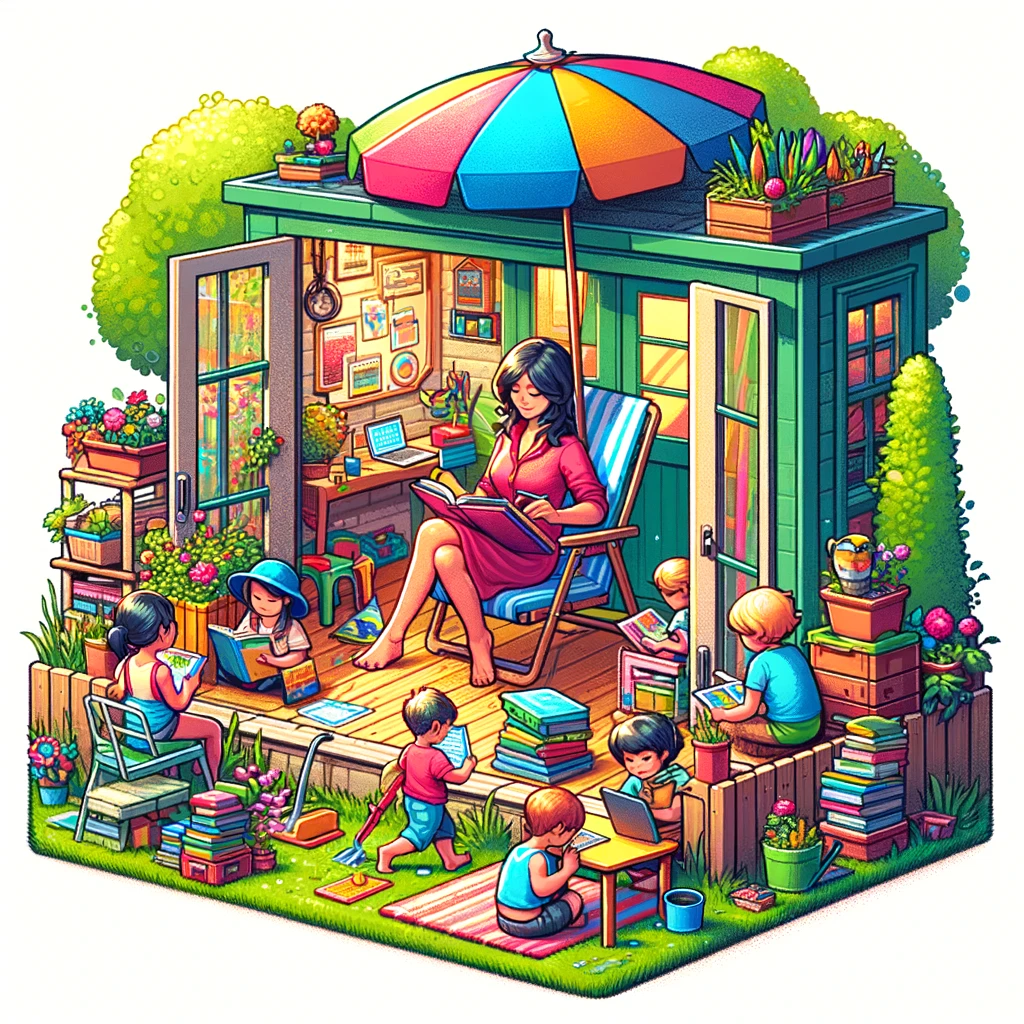
Find Your Education Autonomy
Explore the universe of community-led learning spaces with edTonomy. Our platform is designed to empower educators to innovate and create lasting impact beyond the classroom, turning educators into entrepreneurs and redefining 'classroom' as any space where learning happens.


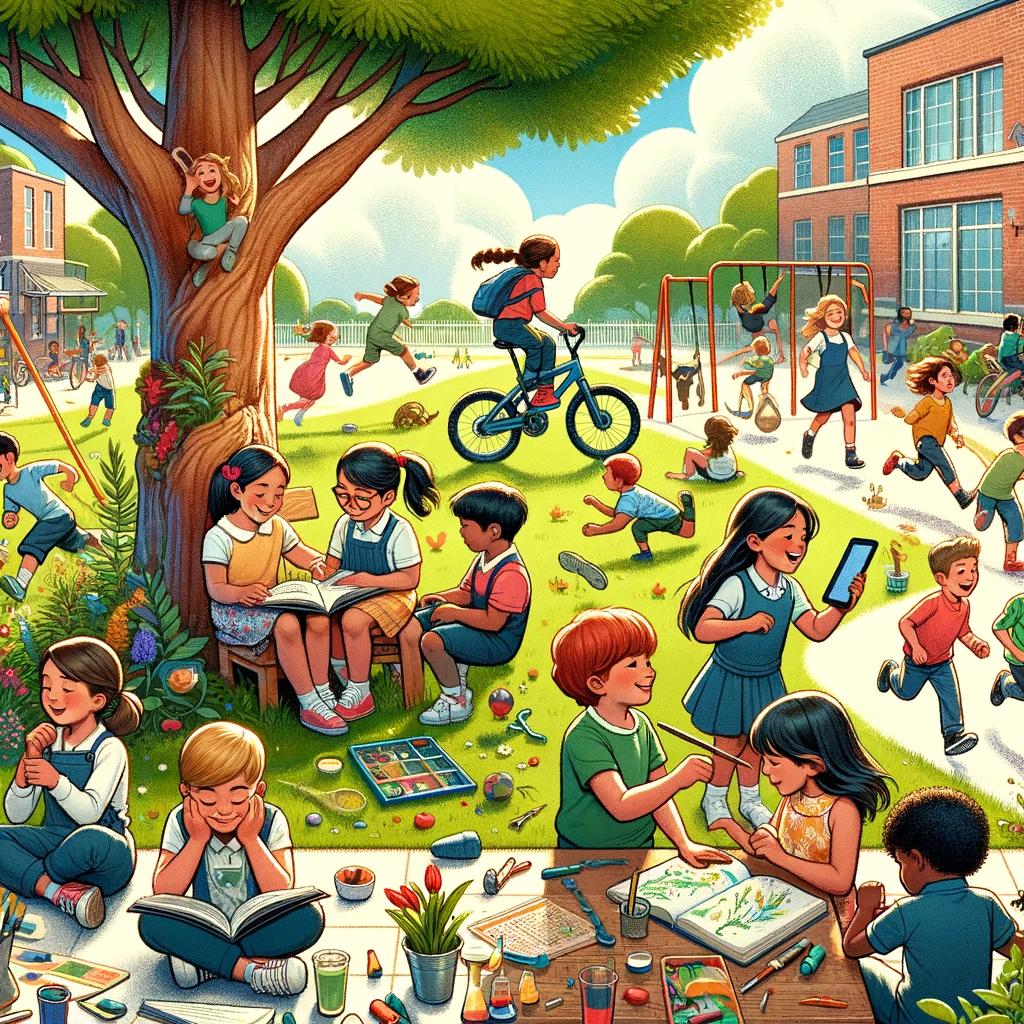
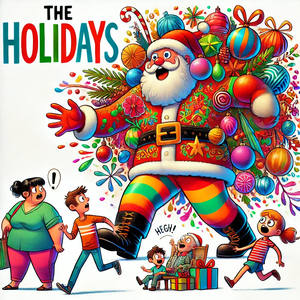



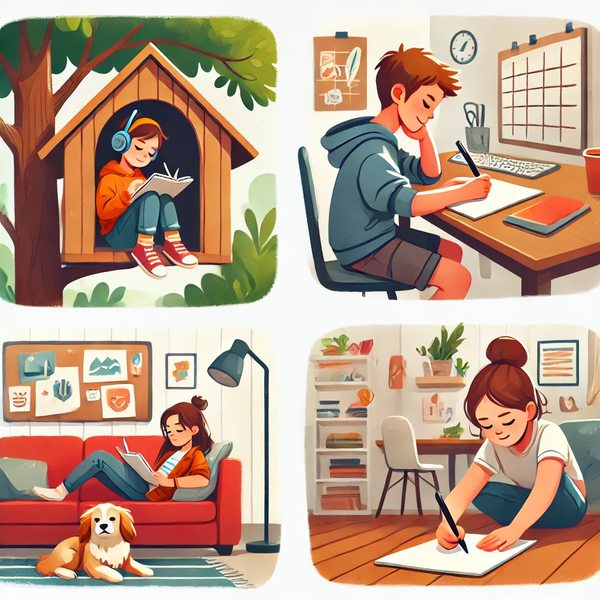

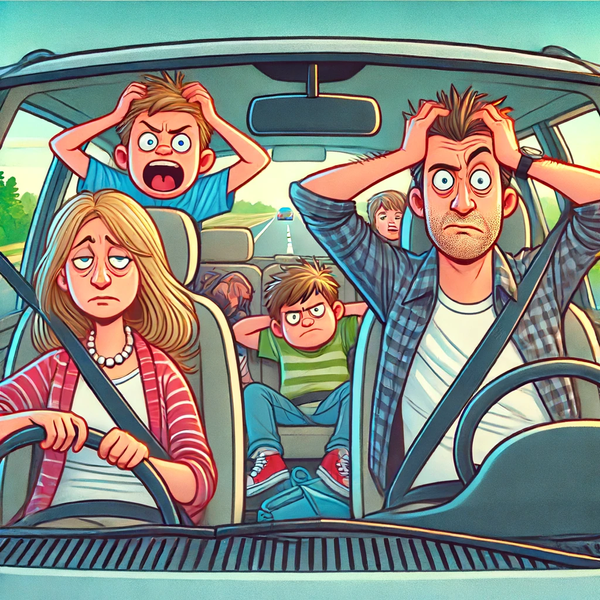
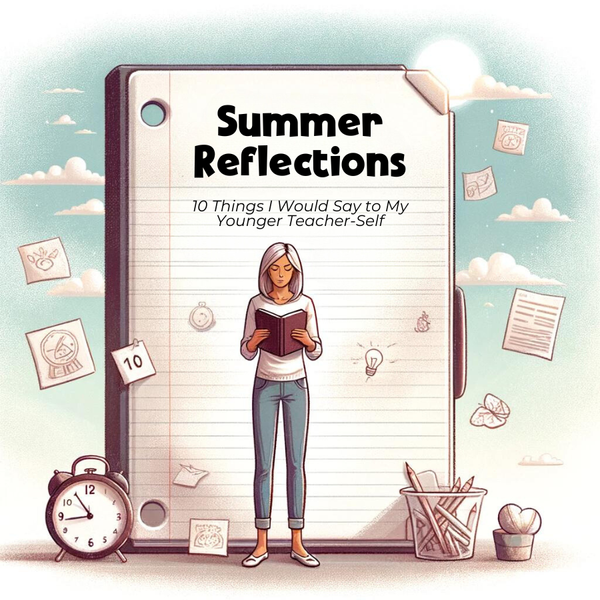
Member discussion